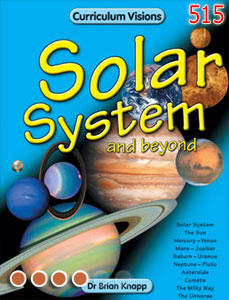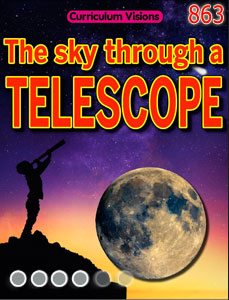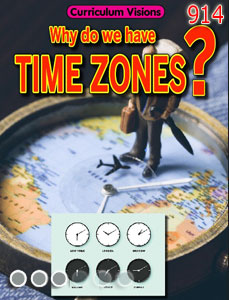• The books below cover the ground needed for each statutory requirement.
• If you need guidance on how to teach the topic, take the academy course by clicking the 'Lessons' icon. (Also suited to parent use.)
• Remember you can enhance this by using our safe search. For example, search eclipse, light rays
• Also remember each book has its own search, top right immediately above the page.
• For teacher guides and more visit the academy links.
Year 5 has the following 5 themes. Please select the one you want:
3. Properties and changes of materials
4. Earth and space (scroll down)
4. Earth in Space
(a) •Earth and space
Statutory requirements
Pupils should be taught to:
. describe the movement of the Earth, and other planets, relative to the Sun in the solar system
. describe the movement of the Moon relative to the Earth
. describe the Sun, Earth and Moon as approximately spherical bodies
. use the idea of the Earth’s rotation to explain day and night and the apparent movement of the sun across the sky.
Notes and guidance (non-statutory)
Pupils should be introduced to a model of the Sun and Earth that enables them to explain day and night. Pupils should learn that the Sun is a star at the centre of our solar system and that it has eight planets: Mercury, Venus, Earth, Mars, Jupiter, Saturn, Uranus and Neptune (Pluto was reclassified as a ‘dwarf planet’ in 2006 - by some people, not all; as a result, we have largely left Pluto where it is in our books as a small planet, and you can describe it as you wish). They should understand that a moon is a celestial body that orbits a planet (Earth has one moon; Jupiter has four large moons and numerous smaller ones).
Note: Pupils should be warned that it is not safe to look directly at the Sun, even when wearing dark glasses.
Notes and guidance (non-statutory)
Pupils should find out about the way that ideas about the solar system have developed, understanding how the geocentric model of the solar system gave way to the heliocentric model by considering the work of scientists such as Ptolemy, Alhazen and Copernicus.
Pupils might work scientifically by: comparing the time of day at different places on the Earth through internet links and direct communication; creating simple models of the solar system; constructing simple shadow clocks and sundials, calibrated to show midday and the start and end of the school day; finding out why some people think that structures such as Stonehenge might have been used as astronomical clocks.
Text books and academy to use:
 Simple, pages 4-11. 
|
Additional reading books to use:




















